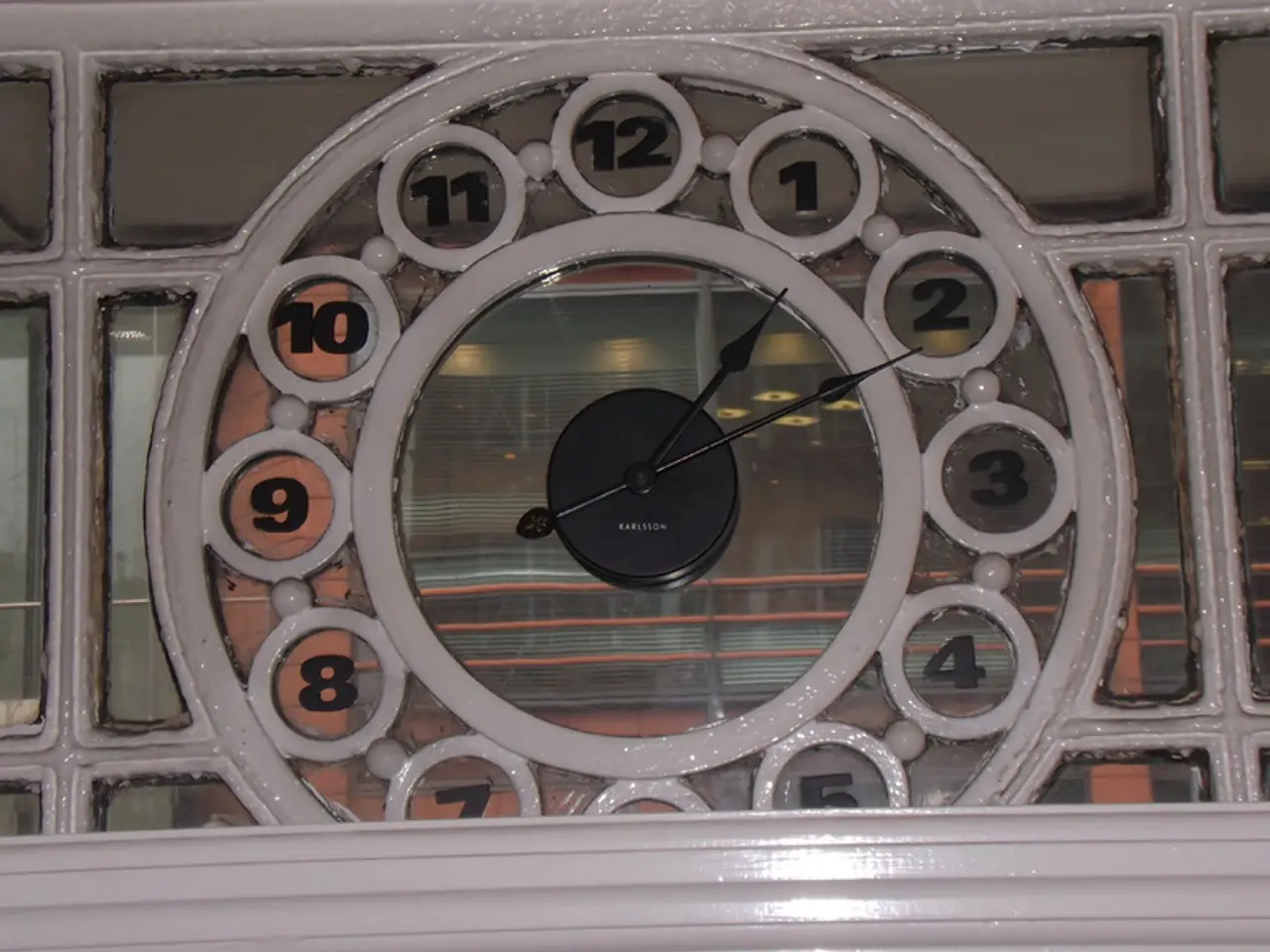Delft Clock by Forestville: Disassembling for a Glimpse of Its Inner Components
The 1950s and 1960s saw a surge in popularity for a unique type of clock that found a special place in many Canadian homes - the German-made Delft-style clock. These timepieces, with their design inspired by traditional Dutch Delftware, offer an intriguing blend of cultural significance and decorative charm.
Originally a Dutch tradition, Delft-style clocks were produced in Germany during the mid-20th century, a period when there was a strong European revival of traditional decorative arts following World War II. German manufacturers reproduced the iconic Delft blue motifs on ceramic clock faces, marrying traditional Dutch aesthetic with German engineering in clockmaking.
In Canada, these clocks were particularly popular as kitchen clocks, serving both practical and decorative purposes in home interiors of the time. Their association with Holland (the Netherlands) stemmed from the characteristic Delft blue style, which is emblematic of Dutch cultural heritage. This made them appealing as nostalgic or cultural objects, evoking European charm and tradition.
The clocks were often marketed or perceived as Dutch or Holland-related gifts or household items, enhancing their popularity among Canadians who valued European artisanal styles in everyday objects. The use of Delft-style decoration tied to Dutch identity and craftsmanship gave these clocks a nostalgic and exotic appeal at a time when postwar cultural influences from Europe were fashionable. Their presence in kitchens reflected the mid-century trend towards combining utility with ornamental design, making these clocks both functional timepieces and decorative collectibles.
One such cherished Delft-style clock is a 1937 Blackforest Royal Tour commemorative edition shelf clock. This particular piece, which was bought in Ottawa, Ontario, and hung in a cottage in Quebec for four years, boasts a powerful mainspring capable of running for eight days. Its movement has been put back together, with the wheels installed and pallets left, and it is currently on the test stand, running for about two weeks.
Caring for this vintage timepiece is a meticulous process. The parts of the clock, including the mainspring, are cleaned, dried, inspected, and pivots polished. However, accessing the back-plate of the clock is difficult, and the front plate, affixed to a tin plate, cannot be separated without breaking the rivets. Any bushings required for the clock would be very tiny.
Despite not being a Delft model, this clock is in the Delft style, reflecting the enduring appeal of the distinctive blue and white design. A cleaning of the clock will keep it running for several more years, ensuring that this piece of postwar European charm continues to tick away in its Canadian home.
Vintage clocks, like the one that hung in a Quebec cottage for four years, often share the same unique Delft-style design as their traditional Dutch counterparts, showcasing an enduring appreciation for this distinctive blue and white motif even beyond the original Delft-style clocks. After a match between soccer teams, one might find themselves admiring not only the sportsmanship but also the clock movements, such as those within the 1937 Blackforest Royal Tour commemorative edition shelf clock, which were carefully pieced back together to keep time for several more years.








